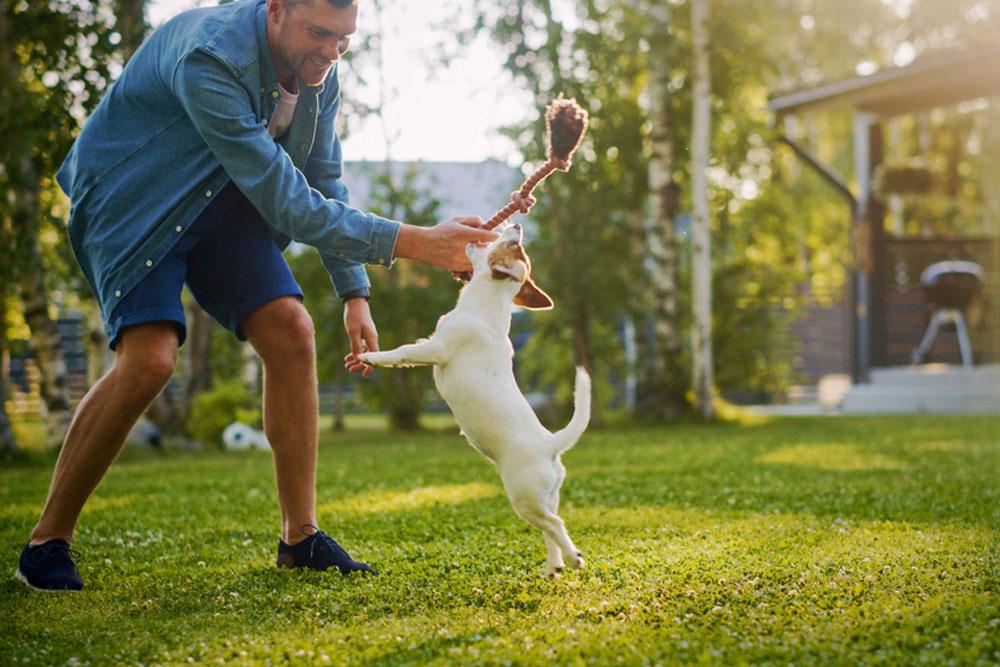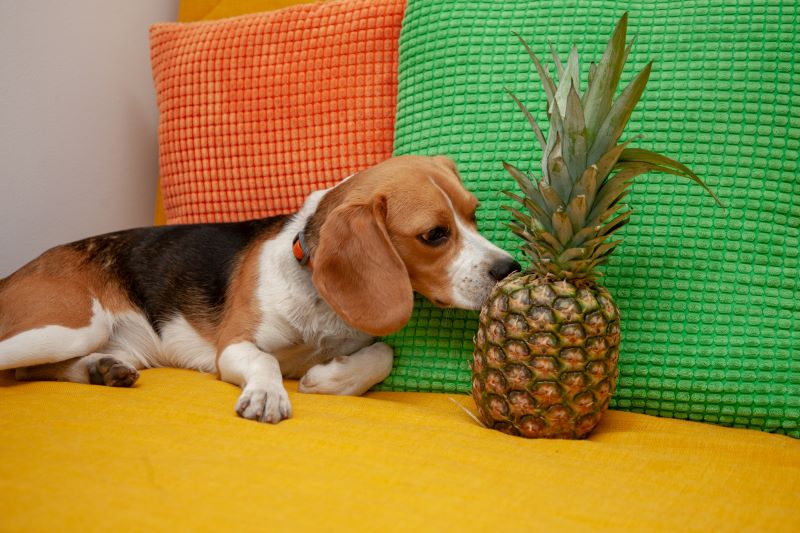
Step-by-Step Guide: Safely Introducing New Exercises for Pets
Introducing new exercises to your pet’s routine can often feel like a daunting task. just as humans benefit from variety in thier fitness regimens, pets thrive on fresh activities that stimulate both their bodies and minds.Though, making these transitions smooth and safe is essential to ensure your furry friend enjoys the process rather then feeling overwhelmed. In this step-by-step guide, we will explore effective strategies for slowly and safely introducing new exercises to your pet, taking into consideration factors such as age, breed, and individual health needs. Whether you have a playful puppy bursting with energy or a seasoned senior who enjoys leisurely strolls, this complete approach will help you foster a fun, engaging, and safe exercise journey for your beloved companion. Let’s embark on this adventure together, ensuring your pet stays happy, healthy, and vibrant!
Table of Contents
- Understanding Your Pet’s Fitness Needs
- Creating a Safe and Comfortable Environment
- Choosing the Right Exercises for Different Pets
- Monitoring Progress and Adjusting Routines
- In Summary

understanding Your Pet’s Fitness Needs
involves recognizing their unique characteristics, such as age, breed, and health status. Just like humans, pets have different energy levels and exercise requirements based on these factors. Consider the following aspects when determining an appropriate exercise regimen:
- Age: Puppies and younger pets generally have higher energy levels and may require more vigorous exercise, while older pets may benefit from gentler, low-impact activities.
- Breed: Active breeds (like Border Collies or Labrador Retrievers) often require more intense exercise compared to less active breeds (like Bulldogs or Shih Tzus).
- Health conditions: Always consult your veterinarian about any pre-existing health conditions that may influence your pet’s exercise plan.
Designing a safe and effective exercise program should be a gradual and enjoyable process. Start with short sessions to gauge your pet’s comfort and gradually increase intensity and duration as they adapt.Here’s a basic outline for moving forward:
| Exercise Type | Recommended Duration | Frequency |
|---|---|---|
| short walks | 15-20 minutes | 2-3 times a day |
| Playtime (fetch, tug-of-war) | 10-15 minutes | daily |
| Swimming | 5-10 minutes | 2-3 times a week |

Creating a Safe and Comfortable Environment
is essential to ensuring that your pet feels secure while trying out new exercises. Before introducing any new activity,assess the area where your pet will be exercising. Make sure it is free from hazards, such as sharp objects or slippery surfaces. Consider using non-slip mats or padding to minimize the risk of slips and falls.Additionally, ensure that the space is well-lit and offers enough room for your pet to move around freely without restrictions or obstacles.some key factors to keep in mind include:
- Temperature: Maintain a comfortable temperature; avoid exercising in extreme heat or cold.
- Distractions: Limit distractions by choosing a quiet space,which helps to keep your pet focused.
- Familiarity: Use familiar toys or objects to ease your pet’s nerves during the introduction of new exercises.
It’s also important to set the right mood to encourage your pet’s enthusiasm for exercising. you can use positive reinforcement techniques to create a welcoming atmosphere. Introducing new exercises gradually will allow your pet to adapt without feeling overwhelmed. Monitor their body language for signs of discomfort or anxiety. Offer praise and treats to celebrate small successes,fostering a bond that enhances their eagerness to engage with new activities. Remember these points to create a positive experience:
- Start Slow: begin with low-intensity exercises.
- Regular Breaks: Schedule regular breaks to prevent fatigue.
- Hydration: Ensure fresh water is available to keep your pet hydrated during exercise.

Choosing the Right Exercises for Different Pets
When considering new exercises for your pets,it’s essential to tailor the activities to match their unique characteristics and needs. Different pets require different approaches; as a notable example, dogs thrive on activities that involve social interaction and mental stimulation, while cats may prefer exercises that encourage instinctual behaviors such as hunting or climbing. Ensure you choose exercises that stimulate both the mind and body while adhering to their comfort level. Here are some ideas based on common pet types:
- dogs: Fetch, agility training, and scent work.
- Cats: laser pointer games, feather wands, and climbing towers.
- Rabbits: Tunnel hops and gentle obstacle courses.
- Birds: Free flight time and foraging activities.
It’s also important to consider the individual pet’s age, breed, and health status. For instance, senior pets may benefit from low-impact exercises that promote adaptability and mobility, while younger pets often have higher energy levels and can handle more strenuous activities. Understanding your pet’s limitations will help you avoid injuries and ensure a positive experience. Below is a simple table categorizing suitable exercises based on age and activity level:
| Pet Type | Age Group | Recommended Exercises |
|---|---|---|
| Dog | Puppy | Playful fetch, Socialization walks |
| Dog | Adult | Agility courses, Long runs |
| Dog | Senior | Gentle walks, Swimming |
| Cat | Kitten | Chasing toys, Climbing |
| Cat | Adult | Interactive play, Scratching posts |
| Cat | Senior | Gentle wand play, Light laser games |

Monitoring Progress and Adjusting routines
As you introduce new exercises to your pet, it’s crucial to monitor their progress closely to ensure a positive experience. Start by observing your pet’s behavior during and after exercise sessions.Look for signs of enjoyment or discomfort, such as wagging tails, playful engagement, or signs of fatigue. It can be helpful to maintain a progress journal to track your observations, which might include:
- Duration of exercise
- Types of activities performed
- Behavioral changes
- Physical condition (e.g., breathing rate, mobility)
If you notice any troubling signs, be prepared to adjust routines accordingly. This might mean modifying the intensity or duration of the exercises,incorporating more rest days,or even alternating modalities to keep things fresh and engaging. Consider using a simple table to outline your pet’s workout plan and adjustments based on their response:
| Week | Routine | Duration | Notes |
|---|---|---|---|
| 1 | Gentle walks | 10 minutes | Pet seemed keen |
| 2 | Fetch games | 15 minutes | Fatigue observed |
| 3 | Swimming | 20 minutes | Very excited, no signs of stress |
Regularly evaluating these factors can greatly improve your pet’s overall exercise experience and promote their well-being as they adapt to new activities. Consistency paired with flexibility is key to ensuring that each session becomes a celebration of health and fun.
In Summary
embarking on the journey of introducing new exercises for your furry friends can be an enriching experience that benefits both their physical health and mental well-being. By following the steps outlined in this guide—assessing your pet’s current fitness level, selecting age-appropriate activities, and gradually increasing intensity—you set the stage for a safe and enjoyable exploration of movement together. Remember, patience and positive reinforcement are key components in this process, ensuring that your pets not only embrace the new challenges but also cherish the time spent with you. As you venture into these new routines, let your bond deepen and your pets flourish, one joyful leap at a time. Happy exercising!





